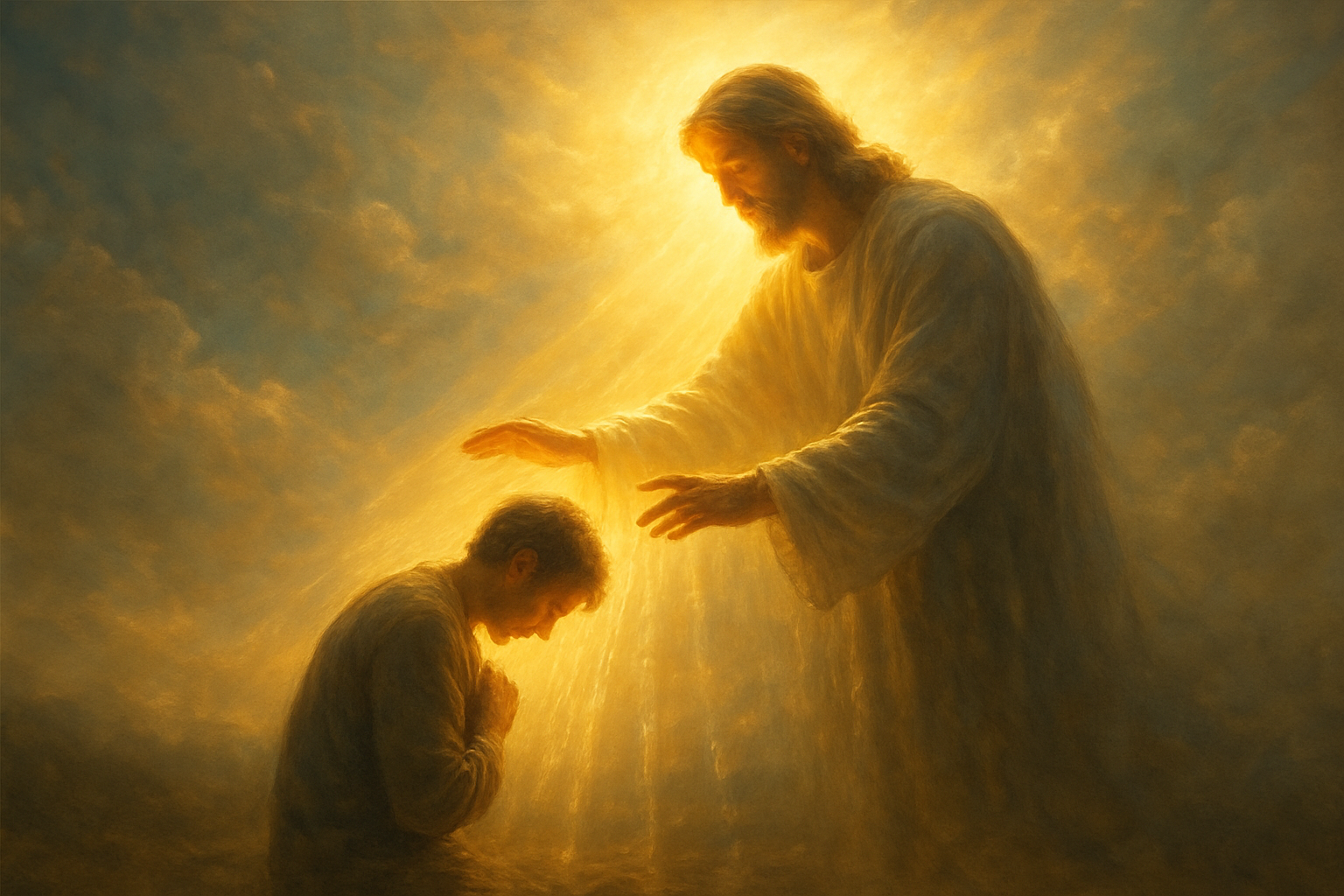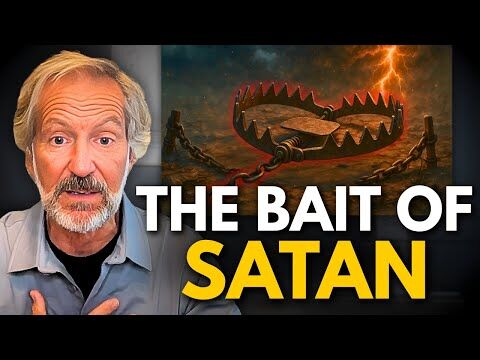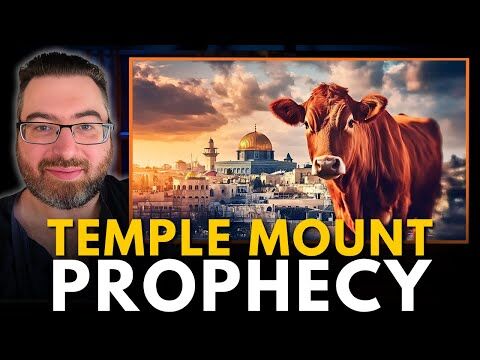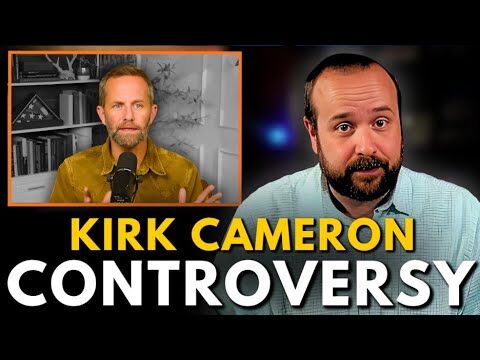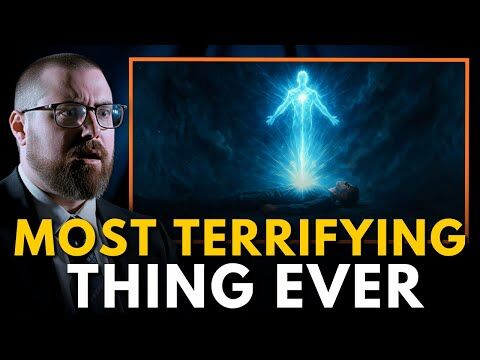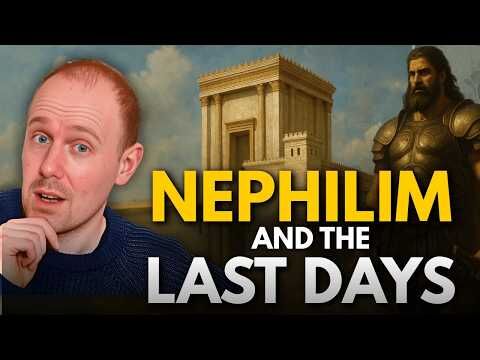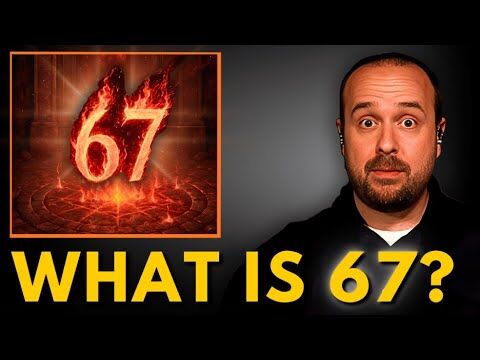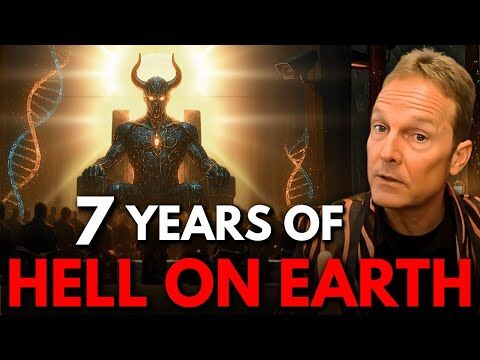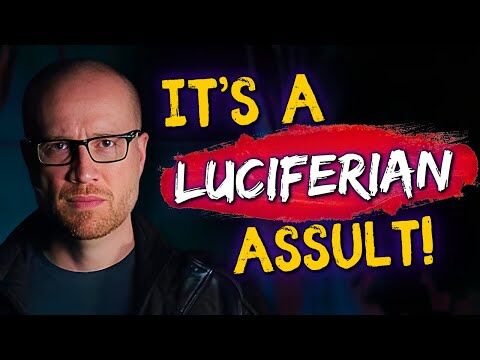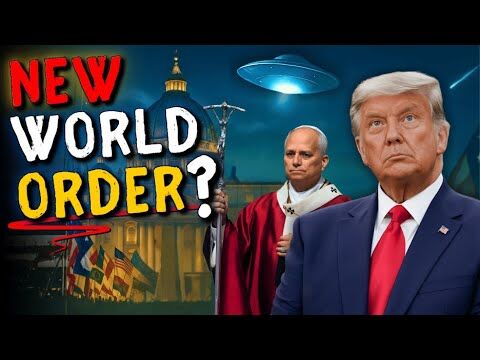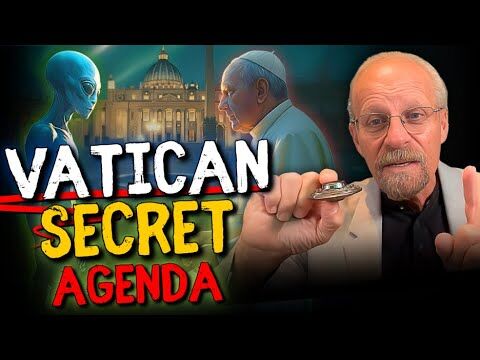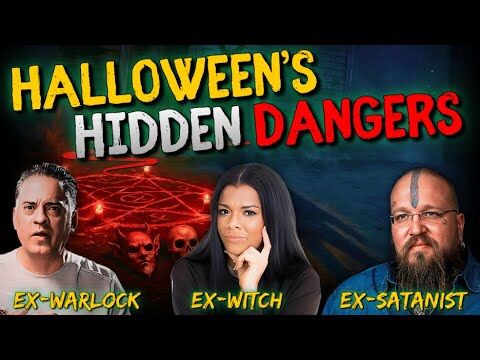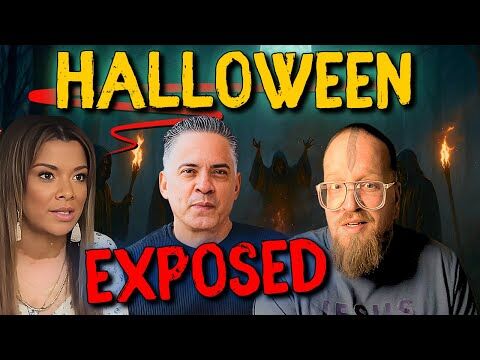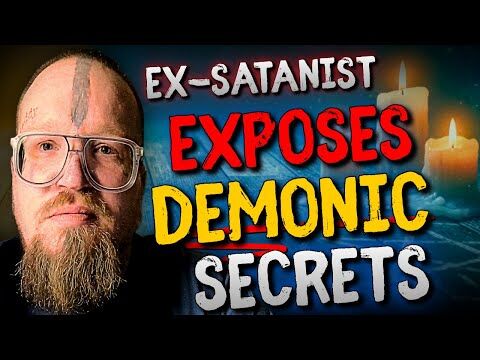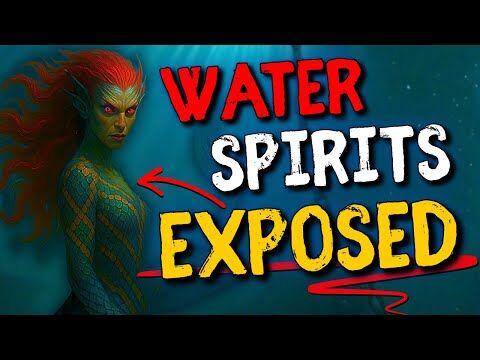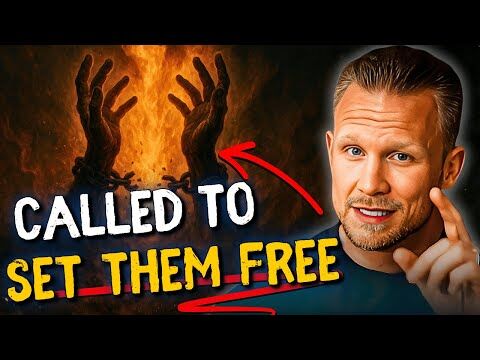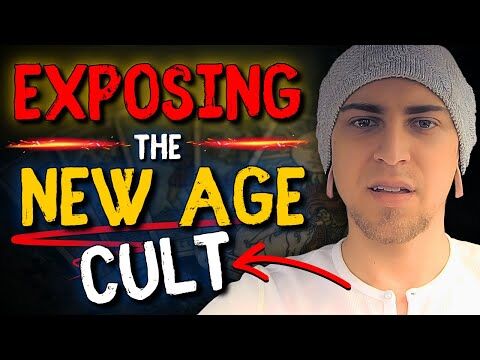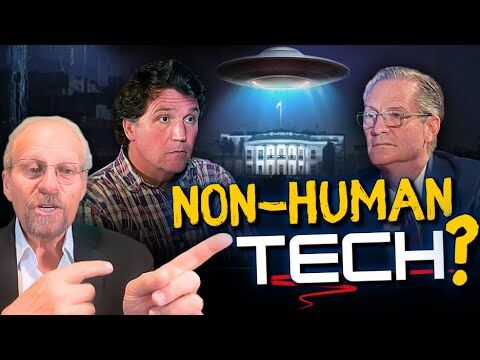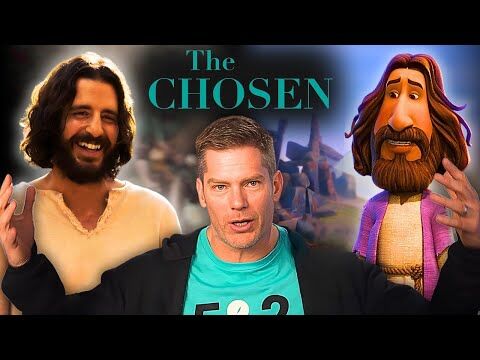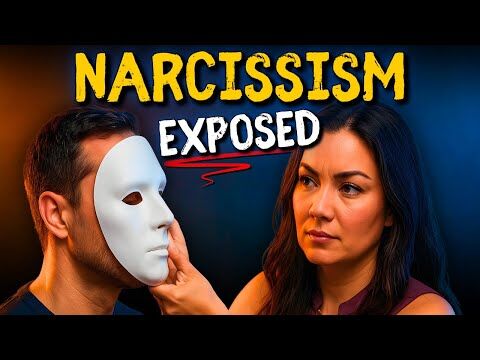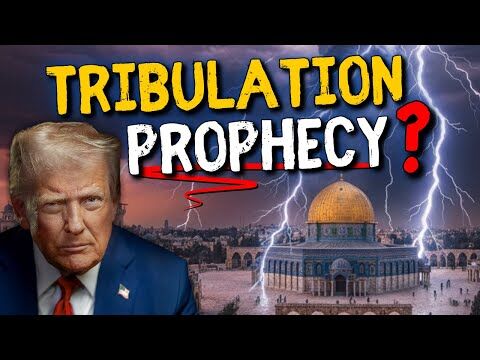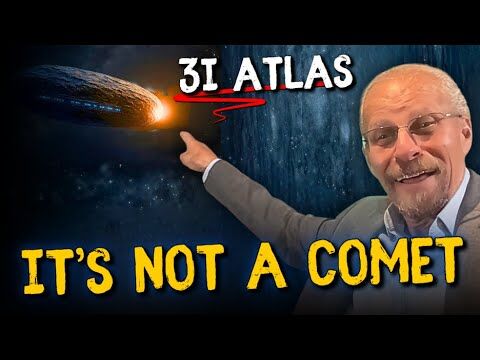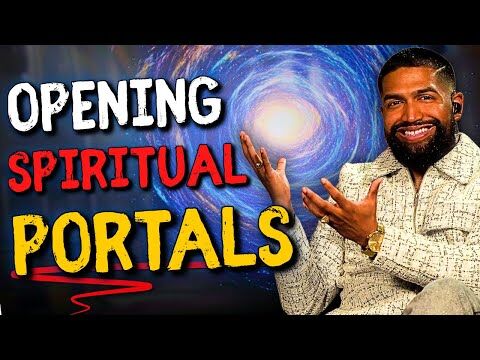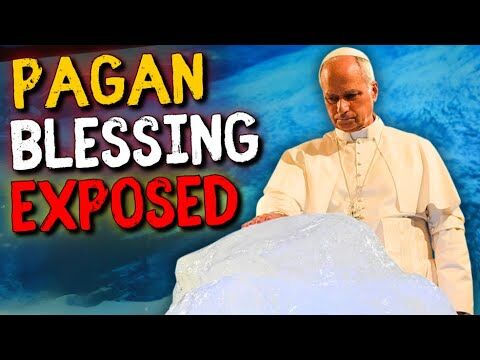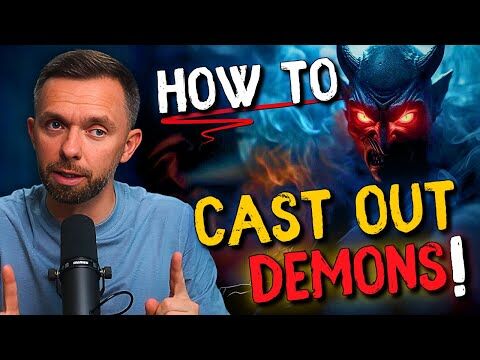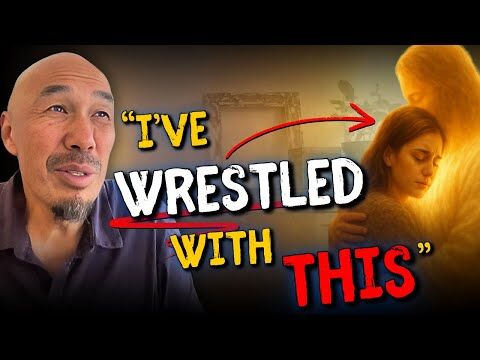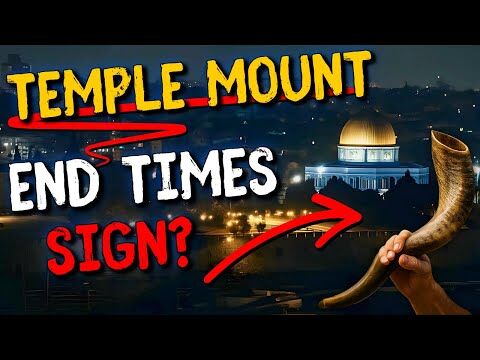The Gospel of John is unique from the “synoptic Gospels” (Matthew, Mark and Luke), so called due to their similar content. The synoptics cover many of the same miracles, parables and events of Jesus’ life and ministry. There is a lot of overlap, repetition and even some parallel passages that are nearly identical. Generally speaking, the synoptics tell us what Jesus said and did; John tells us who Jesus is. The synoptics focus on the signs and sayings of Christ; John emphasizes the identity of Christ. Early church father Clement of Alexandria called John “the spiritual Gospel” because of its deep insight into Jesus’ divinity. Notice these unique features of John’s Gospel:
- There are only eight miracles recorded in John, six of which are peculiar to the book (not found elsewhere in Scripture). Contrast that with Mark, which details about 20 miracles and mentions 10 more.
- There are no parables in John. Compare that with about 15 in Matthew, nine in Mark and over 35 in Luke.
- There are nine metaphors (figures of speech or illustrations) in John used to describe Jesus (i.e. Bread of Life, Living Water, Light of the World, the Door, Good Shepherd, True Vine and so on).
- Every chapter in John provides a separate portrait of who Christ is and what He does, giving us greater insight into His character and nature.
- John recorded detailed conversations Jesus held with individuals—Nicodemus (3), the Samaritan Woman (4), Martha (11), Mary Magdalene (20), Peter (21).
- Over one-third of John’s Gospel (chapters 12-19) covers the last week of Jesus’ life.
- The nine “I am” statements of Jesus:
- I am the Bread of Life/Living Bread (John 6:35, 48, 51).
- I am the Light of the World (John 8:12; 9:5).
- Before Abraham was, I am (John 8:58).
- I am the door (John 10:7, 9).
- I am the Good Shepherd (John 10:11, 14).
- I am the resurrection and the life (John 11:25).
- I am the way, the truth and the life (John 14:6).
- I am the True Vine (John 15:1, 5).
- I am He (John 18:5-6).
- John continued this theme in the Book of Revelation:
1. I am the Alpha and Omega (Rev. 1:8, 11; 22:13).
2. I am the Beginning and the End (Rev. 1:8; 22:13).
3. I am the first and the last (Rev. 1:11; 22:13).
4. am He who lives though he was dead (Rev. 1:18).
5. I am He who searches the hearts and minds (Rev. 2:23).
6. I am the Root and Offspring of David (Rev. 22:16).
7. I am the Bright and Morning Star (Rev. 22:16).
In John’s writings, you find a direct connection between Jehovah I am of the Old Testament and Jesus’ I am in the New Testament. When Moses asked God what His name was at the burning bush, “God said to Moses, I AM WHO I AM, and he said, ‘You will say this to the children of Israel, ‘I Thus you shall say to the children of Israel, I AM has sent me to you” (Ex. 3:14a, NKJV).
I am means the self-existent one, the eternal one and expresses the unchangeableness of God’s character. He transcends the past, the present and the future—He always has been, He always is, and He always will be God. Fill in the blank; whatever you need from God, He is it! I am ___________ … Savior, healer, Deliverer, Redeemer, provider, sanctifier, justifier, righteousness, love, joy, peace and so on.
John is called “The Revelator” because, among other things, he unveiled the true identity of Christ in greater depth than any other Bible author. John drew closer to Jesus than any other disciple and was given deeper insight into His divine nature. Notice, John didn’t begin his Gospel with the birth of Christ as Matthew and Luke did. In fact, he mentioned nothing about the nativity story or Mary and Joseph’s trek to Bethlehem to be taxed and counted. Instead, he went all the way back to the origin—”In the beginning was the Word, and the Word was with God, and the Word was God” (John 1:1, MEV). John revealed the deity of Christ in the very first verse of his Gospel.
You see, Jesus did not become the Son of God when He was born of a virgin 2,000 years ago. No, He has always been the eternal, pre-existent Son of God. He merely assumed a human body in Mary’s womb—”The Word became flesh and dwelt among us” (John 1:14a). Matthew traced Jesus’ ancestry back to Abraham (Matt. 1:1b), Luke traced it back to Adam (Luke 3:38), but John traced it back to God the Father in eternity past. Furthermore, he disclosed how Christ predates time and creation and was a co-Creator with His Father—”He was in the beginning with God. All things were created through Him, and without Him nothing was created that was created” (John 1:2-3). Paul agreed with this assertion (Col. 1:14-19).
John paid attention when others didn’t and highlighted people to whom Jesus revealed His Messiahship: Andrew (1:40-41), Nathanael (1:49), the Samaritan woman (4:25-26), many Samaritans (4:39-42), the man born blind (9:35-38), Martha (11:27) and Thomas (20:28). John also included subtle statements when Christ shared His divinity, such as, “My father and I are one” (John 10:30) and “He who has seen Me has seen the Father” (John 14:9b). John clearly stated the purpose of his Gospel, “But these are written that you might believe that Jesus is the Christ, the Son of God, and that believing you may have life in His name” (John 20:31). John presented Christ so persuasively that his readers believe and receive eternal life through Him. This is obvious by the key words “believe” (52 times), “believed” (27 times), “believeth” (17 times in KJV) and “believing” (twice). John used some form of the word “believe” 98 times in his account, proving that faith in Christ is essential for salvation.
John was like a mechanic who opens a car hood to see what makes it run. In the process, he got some oil (anointing) all over him. Remember, John literally laid his head on the chest of Jesus and heard the heartbeat of God (John 13:23-25). The synoptic Gospels inform us of what Jesus said and did; John’s Gospel digs deeper and tells us who Jesus is. John started as an ignorant fisherman (Acts 4:13), but after spending extended time with Jesus, he transformed into a man on a mission to tell the world about the God-man he met on the shores of Galilee. C. S. Lewis said it well, “The Son of God became a man to enable men to become sons of God.” {eoa}
Ben Godwin is the author of four books and pastors the Goodsprings Full Gospel Church. To read more articles, visit his website at bengodwin.org and take advantage of his four-book bundle for $25.





